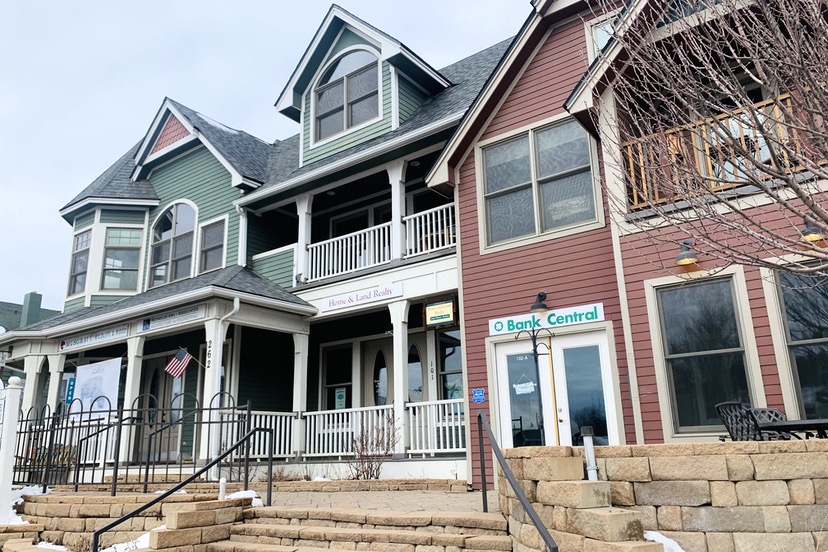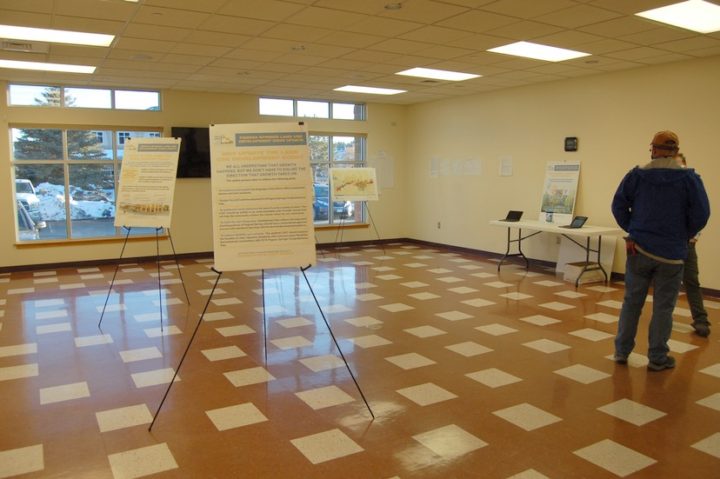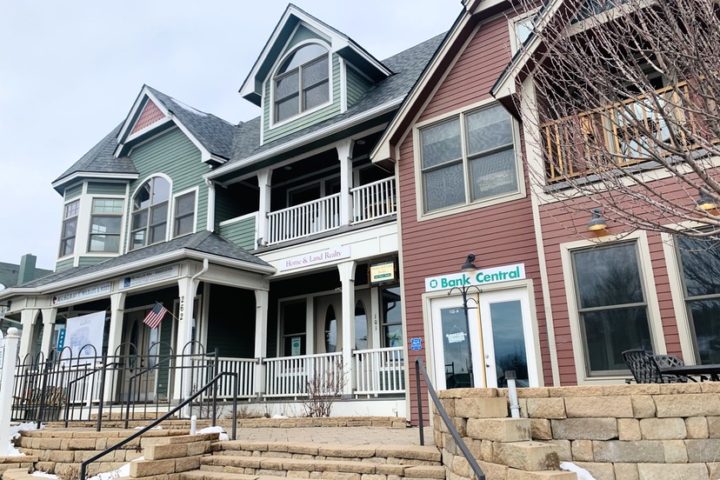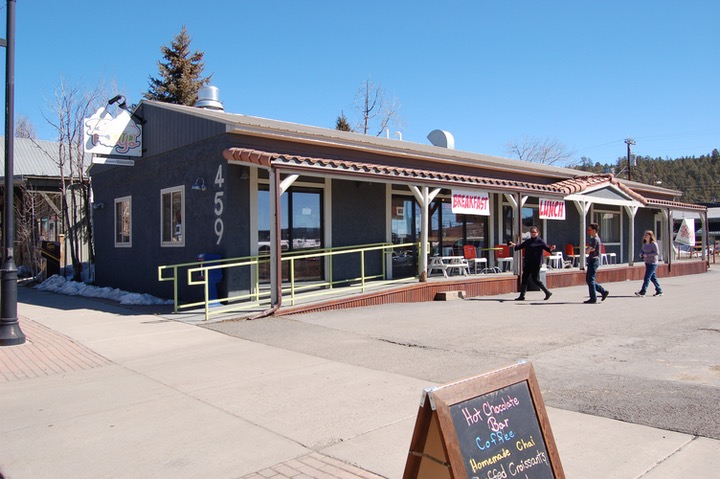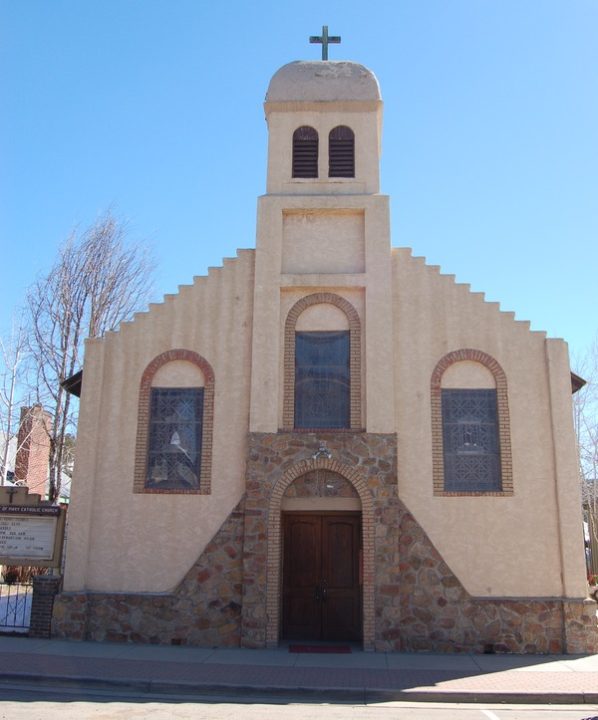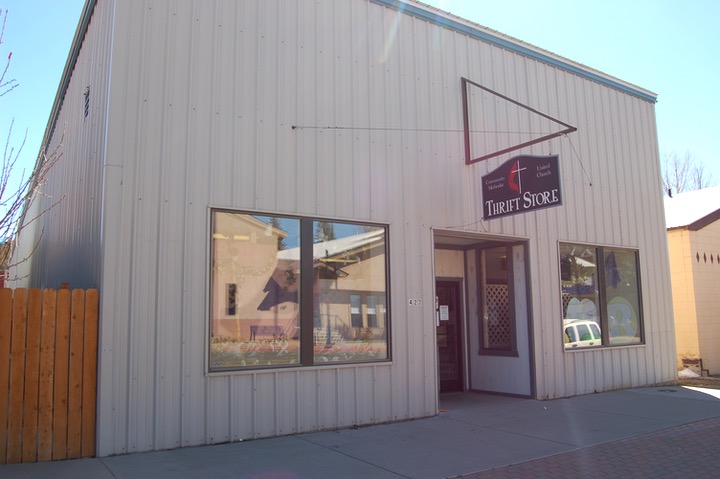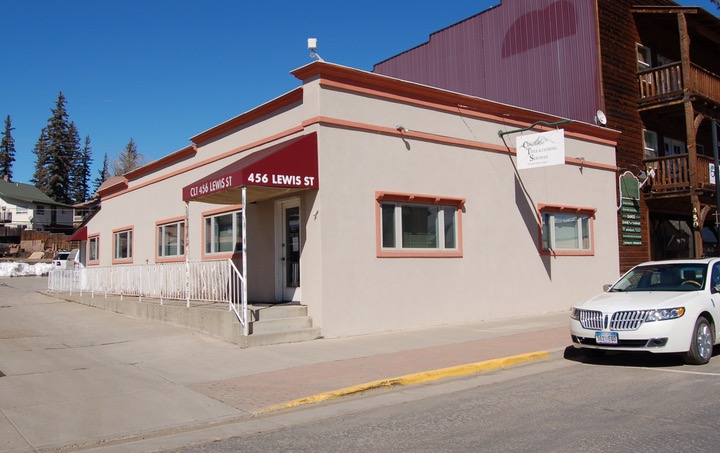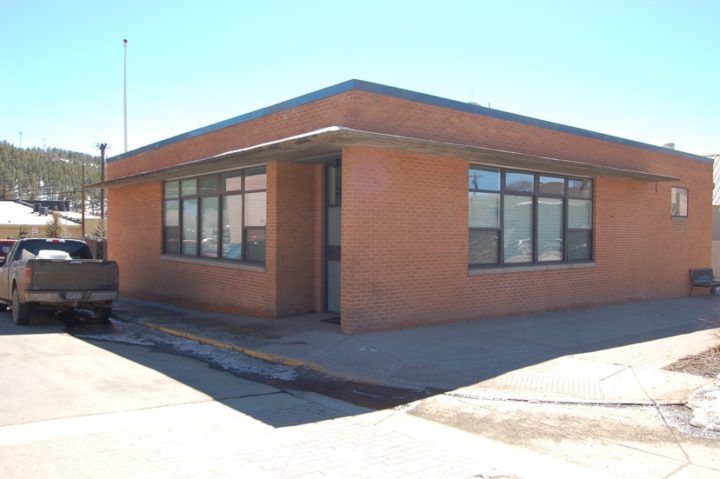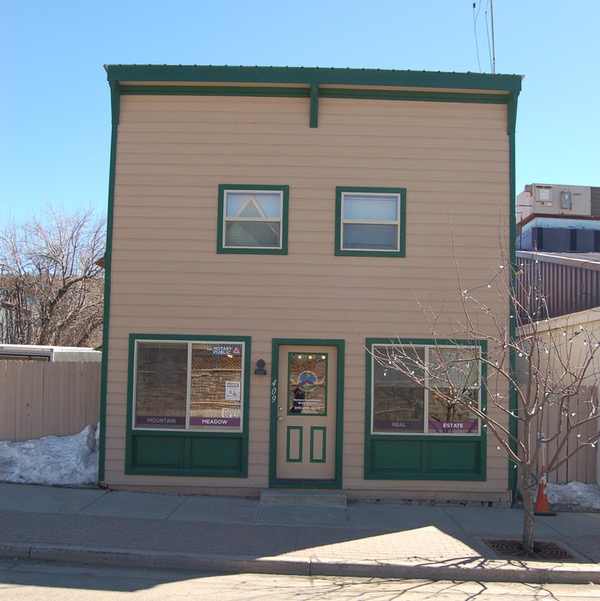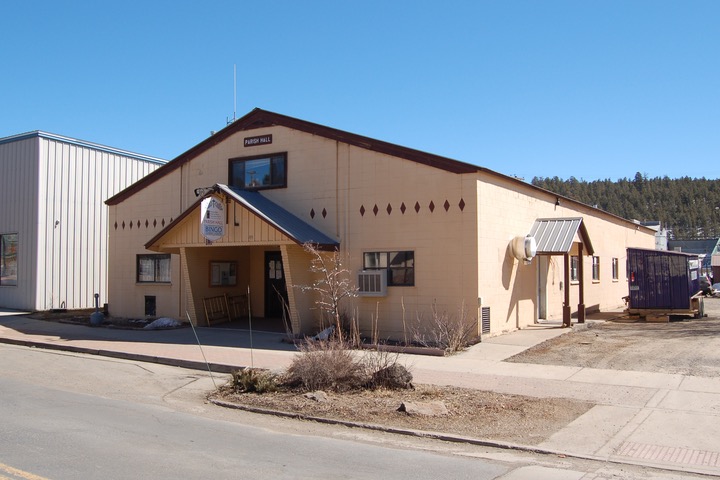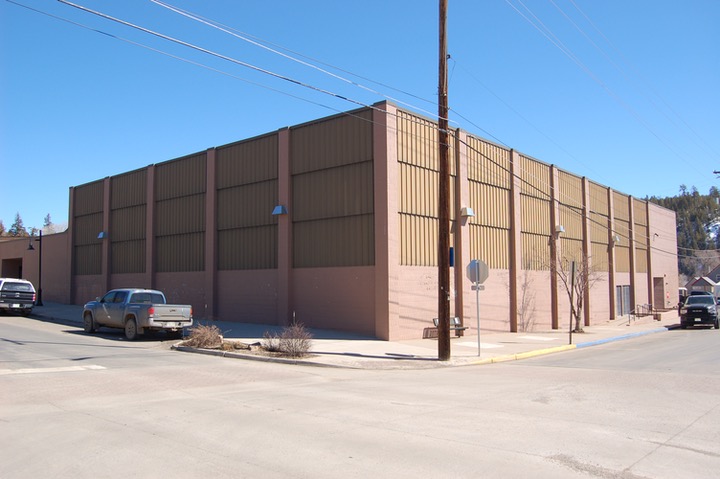Through our August 2020 Pulse poll, we heard directly from Coloradans across the state about what they are experiencing and the issues that matter most to them. For example, we found that two in five Coloradans struggle to afford health care, housing, or food…
— from an op-ed by Karen McNeil-Miller & Kyle Rojas Legleiter in today’s March 3 Daily Post.
I assume the apparent crisis identified by the 2020 Colorado Health Foundation survey, mentioned above — that two in five Coloradans are struggling to afford health care, housing, or food — is more evident in urban areas like Denver and Grand Junction, and in depressed communities like La Junta, Walsenberg and Saguache.
I assume, without much evidence, that the number of families and individuals in Archuleta County who are struggling to afford health care, housing or food, is somewhat less than two in five.
That assumption is based partly on the recent statistics showing more than half the full-time population of Archuleta County being over the age of 50. Generally speaking, older people are wealthier than younger people, for many reasons. Generally speaking, older people have more time for playing golf, and more money for green fees. A recent survey conducted by the Town of Pagosa Springs suggests that the issue that matters most to many of the community’s older full-time residents might be more Pickleball courts.
We’ve been discussing ‘sustainability’ in this editorial series — but not so much in the sense we hear the term used in the national media, where the concern is an unsustainable destruction of the planet’s biosphere, an unsustainable extraction of the planet’s mineral resources, and the purported dangers of global warming.
Rather, we’re trying to get a sense of whether Pagosa Springs and Archuleta County will continue to function as a community, given the general direction we’re currently headed.
I walked into the Ross Aragon Community Center on Wednesday, February 25, to participate in a public input process. The Town government has made a commitment to amend its Land Use and Development Code (LUDC) over the next few months, to improve the ability of the Town to create the kind of community certain people want to see in Pagosa.
What certain people want. Perhaps most people?
The problem is… if we continue on our current path, most of my friends will no longer be able to afford to live here. Or would not want to live here.
I suspect only a few people have read the current 300-page LUDC from start to finish. In fact, it’s entirely possible no one has read it from start to finish. It’s not really that type of reading material. Generally, you — as a builder or developer or government bureaucrat — would want to access only specific details. How many dwellings can I construct on this parcel? (Depends on the zoning.) Is there a maximum building height? (Depends on the zoning.) Can I set a mobile home on my property? (Not likely, but it depends on the zoning.) Can I build a four-plex? (Not likely, but it depends on the zoning.)
Life wasn’t always this way in Pagosa Springs. of course. Once upon a time, people built what they thought they needed, in whatever architectural style they fancied, using tried and true construction techniques, and no one had the audacity to tell them, “I’m sorry, that’s not allowed.” But times have changed. We now have an LUDC, and it needs to be updated.
Can the general public help with that process?
The first room I walked into on February 25 had a half dozen posters set up on easels. Planning Commissioner Jeff Posey was chatting with Town Planning Director James Dickhoff. About 2,052 people had opened the Daily Post article announcing the meeting, so a certain amount of public interest seemed apparent. But I was told that only 6 members of the public showed up on February 25.
I agree with the basic idea, that we should make the right things easy to do. And I agree that the Town government ought to be helping us decide what “the right things” are — in terms of health and safety. We don’t want our buildings to be dangerous.
But so much of the LUDC relates to aesthetics… divorced from health and safety. Much of the LUDC is aimed at making Pagosa look “attractive”, and unfortunately, there is a direct correlation between how “attractive” a building looks, and the cost of construction. Although many of us might want our neighborhoods to look and function the way they did back in the 1950s, we cannot build houses that look like what people built 70 years ago and still make them affordable for Pagosa’s working class.
It’s a problem. And there are other problems with the LUDC.
The second part of the Town’s February 25 LUDC presentation room, just down the hall, displayed four more poster boards and was hosted by consultant Jennifer Gardner, representing LoganSimpson — the Fort Collins-based consulting firm hired to help revise the LUDC. The posters featured photographs of existing buildings in the downtown area. Ms. Gardner and I had a nice long conversation about how to create a more sensible LUDC, given the social and economic conditions in Pagosa Springs in the year 2021.
We’ve all had some of our beliefs shaken up this past year. Time to shake up the LUDC?
As we looked at the poster boards together, Ms. Gardner posed a question about architectural styling. If the downtown commercial ‘districts’ — Main Street, Lewis Street, the East Village, the River Center area — do not exhibit a consistent architectural theme, how should the LUDC be updated to ensure that future development “fits in” with what already exists?
Good question. Some smaller Colorado towns have a downtown commercial core that dates from a certain decade, in terms of its architectural theme. The 1880s, perhaps. Or maybe from 1910.
We don’t have that, here in Pagosa Springs. Our downtown core grew up slowly, over a 100-year period, and exhibits architectural styles from 1890 through 1990.
Why are we even discussing ‘architectural styles’? Pagosa Springs has no obvious style.
Do we want our Town government telling us what our ‘style’ has to be?
Even more importantly, do we understand how the LUDC is helping to drive up the cost of construction? And helping to make Pagosa Springs unsustainable?

